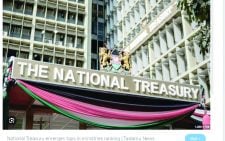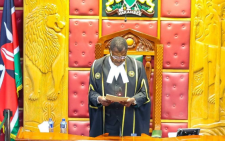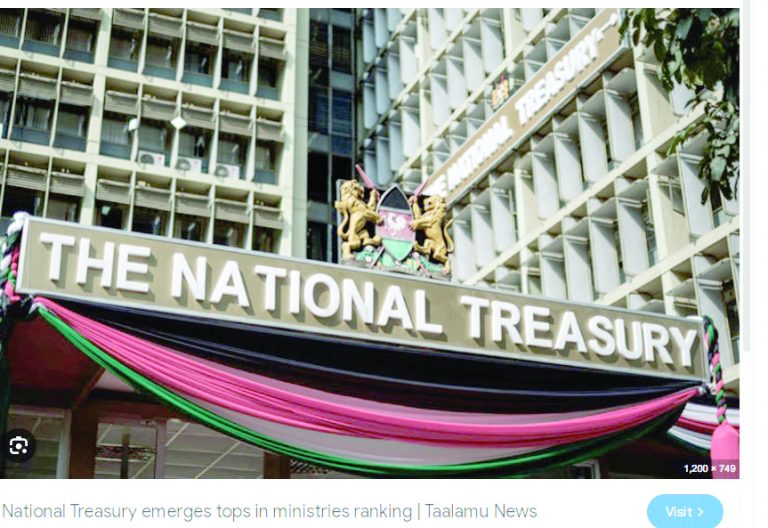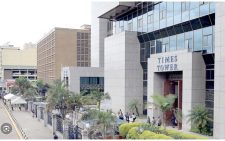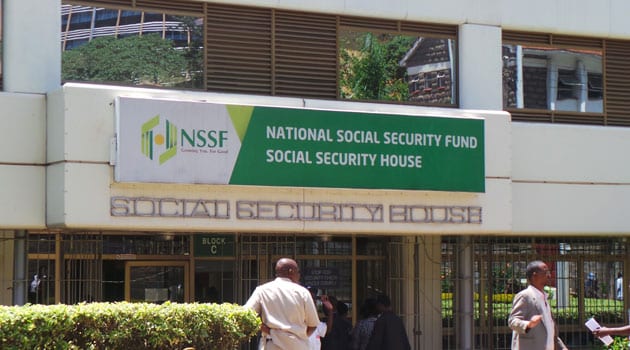Kenya Power’s financial woes persist as counties adopt solar
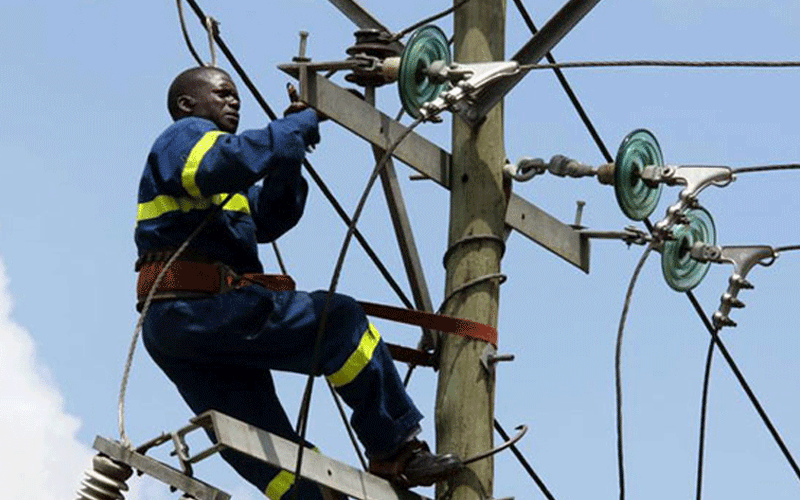
Kenya Power’s financial woes appear to be far from over and seem likely to get even worse in the years ahead as counties chip away at its revenue streams.
The devolved governments are increasingly shifting to solar-powered streetlights to cut down electricity bills.
Kiambu County is the latest in this progressive shift to sign a Sh120 million deal with Rural Electrification and Renewable Energy Corporation (REREC), formerly Rural Electrification Authority, to install solar-powered street lights.
“We pay Kenya Power Sh10 million monthly, billed from street lights in Kiambu County.
The new partnership will save us a lot of money,” Governor James Nyoro said. The agreement between the two comes at a time when Kenya Power has posted the first loss in 17 years.
Disclosures to Parliament by the Treasury shows the electricity monopoly returned a net loss of Sh2.98 billion in the financial year ended June 2020.
The Nairobi Securities Exchange (NSE)-listed firm is, however, yet to make public its financial statements for the year to June.
Kenya Power had also made an application to the regulator for an increase in electricity prices by up to a fifth, saying it is key to reversing its reducing profitability — which has seen its earnings drop for three years in a row.
But the State has frozen the review, which combined with the flat sales has pulled the firm to losses.
Auditor General
Auditor-General has also warned through the company’s annual report that it faces Sh1.7 billion fine for failing to cede unclaimed assets to the government.
The shift to solar has been accelerated by the entry of REREC which is working with counties to drive the adoption of renewable power.
REREC Chief executive Peter Mbugua said the model would be replicated in other counties.
Liakipia County which is investing Sh46 million in solar street lighting says it spends Sh10,000 on power bills for one lighting mast.
Given that the county has installed a total of 32 high-mast flood lights across the county, the maintenance cost becomes unsustainable.
“The county government will gradually phase out this expensive electricity from the national grid and direct the saved resources to other projects,” the county government said on its website.
The solar power street lighting project, whose roll out started in July, 2020 was to see the delivery of 216 street lights poles across all the 15 wards of Laikipia County by mid-August, 2020.
Kenya Power had earlier sought the approval of the Energy and Petroleum Regulatory Authority (EPRA) to increase power tariffs despite the already high power costs.
The power distributor intends to increase the consumption charge for usage of less than 100 kilowatts per month to Sh12.50 a unit, up from Sh10.
Data from the globalpetroleumprices.com shows that Kenya has the third highest household electricity tariffs in Africa pushing the case for low cost of alternatives.
These high prices have kept the country’s annual power demand at less than 2,000MW compared to South Africa’s 40,000MW.
The shifting trend could see Kenya Power remain with large factories and urban areas as the key revenue earners as rural users find value in cheap solar devices.
In Turkana County, the national government has installed street lights in Lodwar town from Kenya Power, but the county government refused to foot the monthly bills, saying it was a national government project.
The county in refusing to pay the bills insisted they were not consulted. Failure to settle the bills saw Kenya Power disconnect power for the street lights in Lodwar leaving residents in the dark.
Several other counties such as Mombasa, Mandera, Turkana, Busia have installed solar units to power their towns.
Rural homes are opting for affordable solar devices rather than pay monthly fees forever.
Street lighting
Nyeri County in August said it will install solar street lighting to reduce its electricity bills beginning this year and complete the project next year.
Homa Bay county was among the first counties to install solar streetlights and spent another Sh10 millions to replace solar lights vandalised by fishermen.
“Solar panels from the first street lighting models will be installed on rooftops of the county headquarters and the assembly to generate electricity during the day,” the county said.



